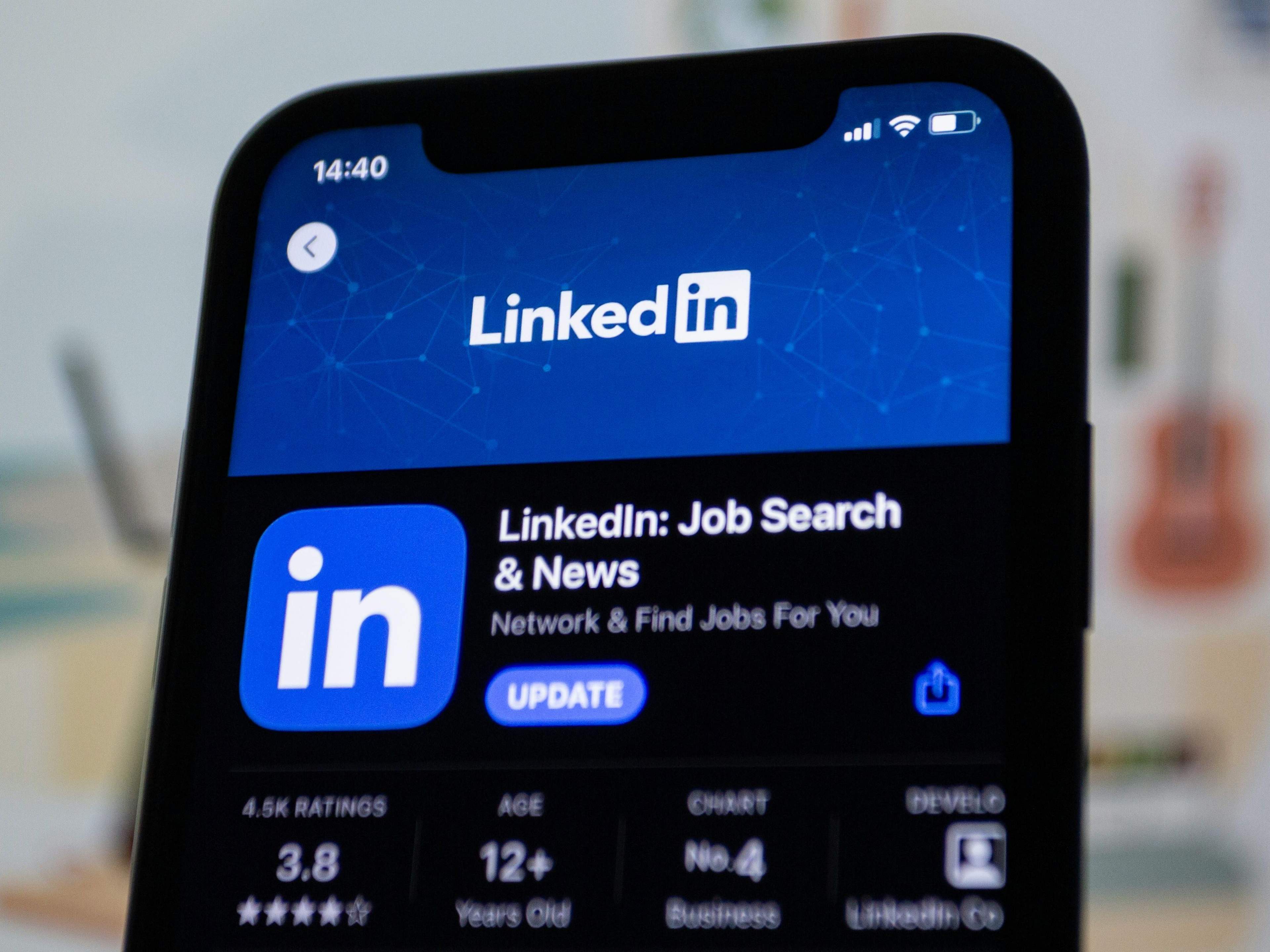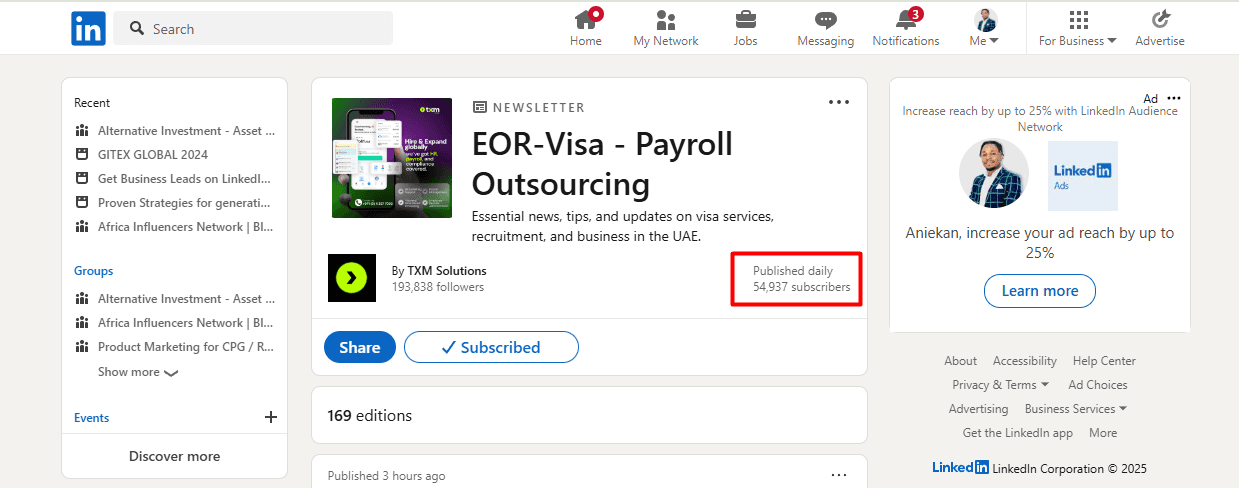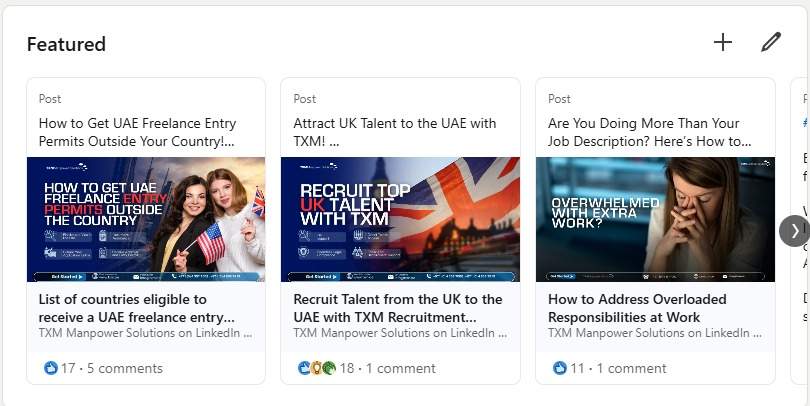How Newsletters, Posts, and Articles Work Together to Build a Loyal Audience
Growing an engaged LinkedIn audience isn’t just about posting frequently; it’s about delivering value in ways that make people look forward to hearing from you. LinkedIn offers three main formats that can help you do this: Newsletters, LinkedIn posts, and Articles. Here’s how you can use each one to build a powerful, connected, and loyal audience.
Newsletters
LinkedIn newsletters are like having a direct line to your audience’s inbox, providing a steady, reliable way to engage with them regularly. Think of them as your personal industry magazine: they allow you to share insights, updates, or thought leadership on a recurring schedule, be it weekly, bi-weekly, or monthly.
Why Newsletters Work
Direct Notifications: Subscribers get notified with each new edition, increasing the chance they’ll read and interact with your content.
In-Depth Content: Newsletters give you more room to dive into topics compared to regular posts, letting you share meaningful insights or advice.
Consistency Builds Anticipation: A steady schedule (like “first Wednesday of each month”) creates anticipation, and over time, subscribers will look forward to seeing your content.
How to Make Them Great: Choose topics that resonate deeply with your audience—industry trends, tips, personal stories, or solutions to common challenges. Add catchy titles that make people want to click, and use a conversational tone to keep readers engaged.
LinkedIn Posts
LinkedIn posts are your go-to for daily engagement. They’re the quick updates that remind your audience you’re there, sharing helpful content, ideas, or even asking for their thoughts. While newsletters might have a schedule, posts are where you can respond to trends, spark discussions, and show up in people’s feeds frequently.
Why Posts Matter:
Frequent Visibility: With consistent posting (2–3 times a week is a sweet spot), you stay top-of-mind without overwhelming your followers.
Engagement-Friendly: Posts that include images, videos, polls, or questions get attention and encourage interaction.
Instant Connection: People can comment on your posts, making them perfect for building a community feel and gathering insights into what matters to your audience.
Making Your Posts Shine: Start with an engaging first line—a hook—that makes people want to click “See More.” Use visuals to catch the eye, and don’t shy away from prompts that invite interaction. Simple questions like “What’s your take on this?” or “Comment below” go a long way toward building engagement.
Articles
When you have a topic that needs more space, LinkedIn articles are your friend. Articles allow for a deep dive, making them the best format for sharing comprehensive insights, case studies, or step-by-step guides. These longer posts are where you can truly showcase your expertise, as they provide ample room to cover complex subjects in detail.
Why Articles Are Worth Your Time:
Showcasing Expertise: Articles let you explore topics more thoroughly, helping to position you as a thought leader.
Search Engine Visibility: They’re indexed by search engines, so people outside your network may find them through Google, bringing fresh eyes to your content.
Easy to Share: Articles are easily shareable, giving them a longer life cycle and a wider reach.
Tips for Standout Articles: Keep them reader-friendly by using headers, bullet points, and visuals. Start with a headline that captures the essence of your content and adds keywords for better reach. Wrap up each article with a call to action, like encouraging readers to share their thoughts or connect with you, which keeps the conversation going.
How to Make These Tools Work Together
A balanced content strategy uses all three formats to engage your audience in different but complementary ways:
Posts keep your name visible in daily feeds, creating regular engagement.
Newsletters provide recurring, in-depth insights that build anticipation and loyalty.
Articles establish authority by diving deep into important topics.
Together, these formats help you create a LinkedIn presence that’s not just active, but truly engaging. They cater to different types of interactions, from casual updates to thoughtful conversations, so your audience can engage with you however they prefer. With time, this strategy builds a LinkedIn audience that’s not only large but loyal, looking to you as a trusted source in your industry.



